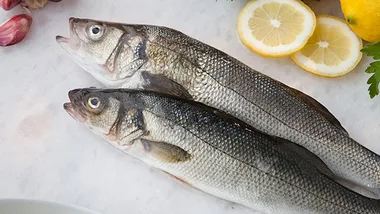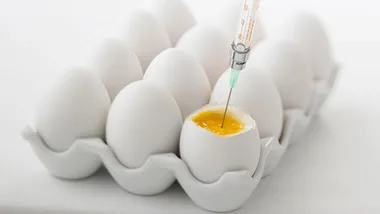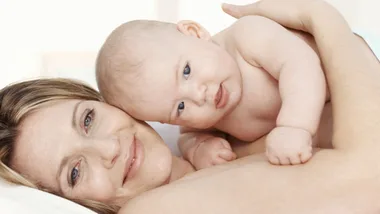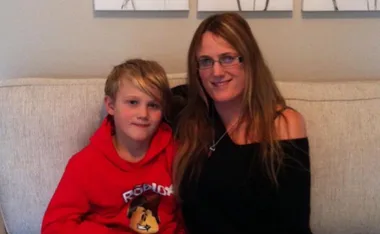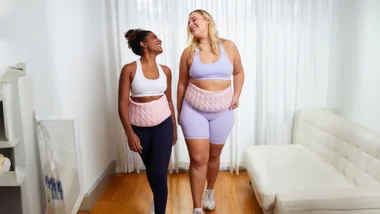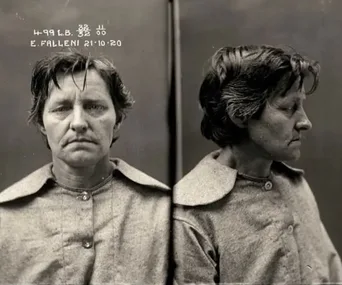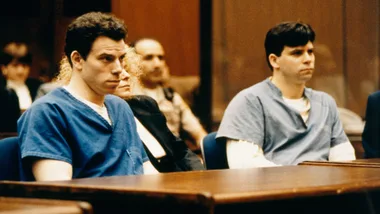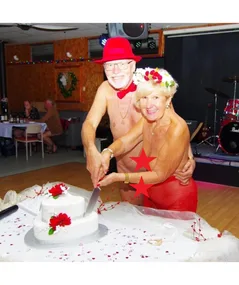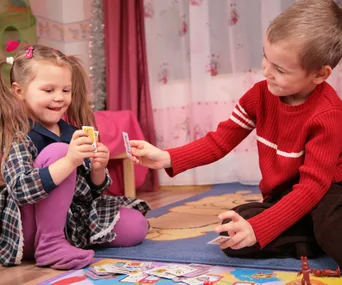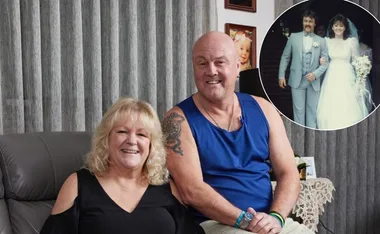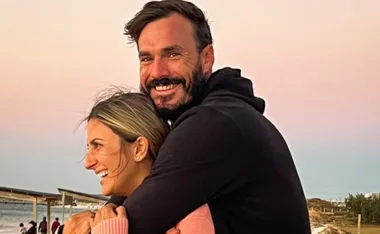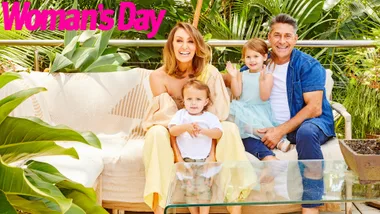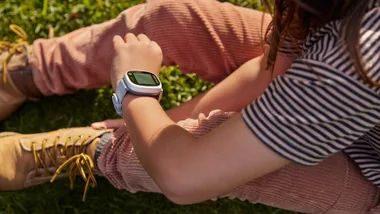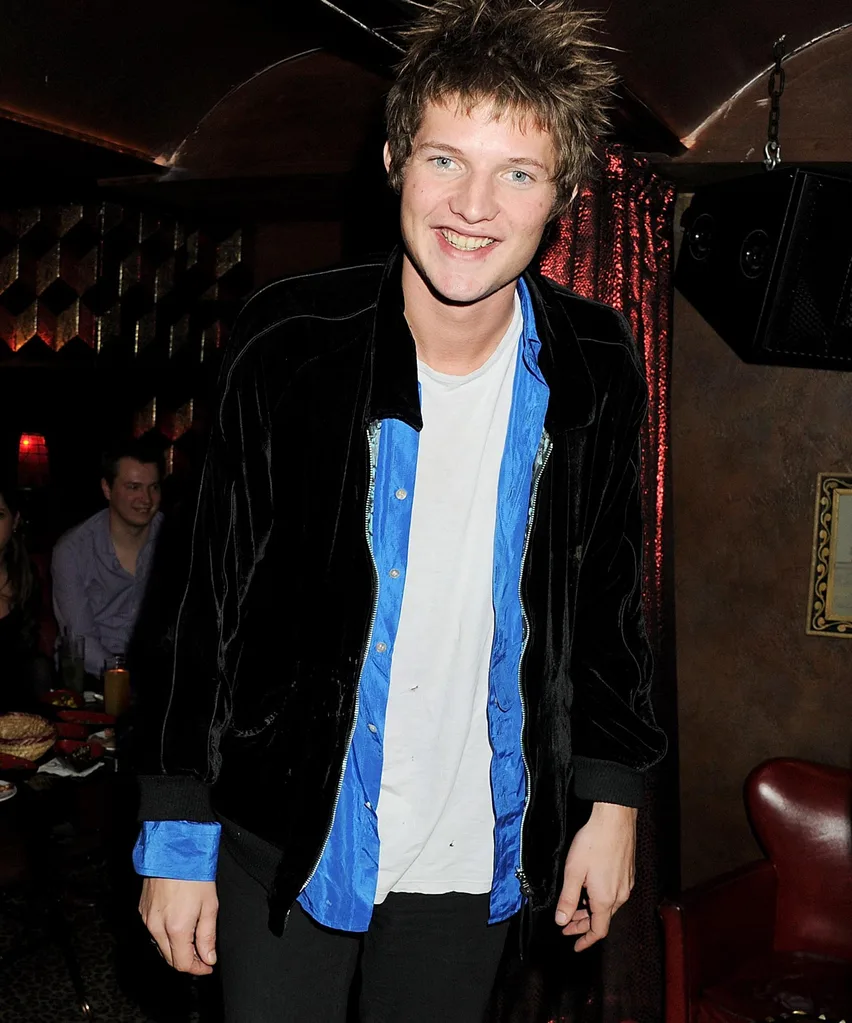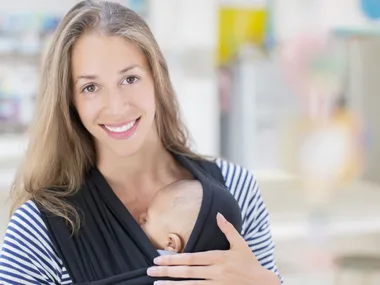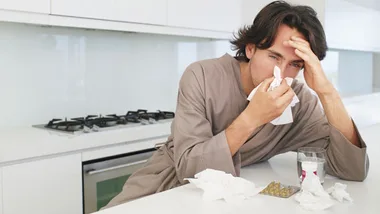Alzheimer’s Australia has estimated that without a medical breakthrough, there will be nearly 900,000 Australians with dementia by 2050.
The 2015 Intergenerational Report projected that the proportion of Australia’s population over the age of 85 will increase from 2 per cent of the total population to almost 5 per cent in that time and that of people over the age of 65 will increase from 15 per cent to 22.6 per cent.
Age is the biggest risk factor for dementia – one in three people over the age of 85 and almost one in 10 people over 65 – develop the condition. These disturbing statistics mean that many Australian families will be affected by dementia.
Dementia is not one single disease.
The term “dementia” refers to a deterioration of intellectual capacity and personality changes caused by damage to neurons in the brain.
Some of the many forms of dementia you may hear about include Alzheimer’s disease, vascular dementia, dementia with Lewy bodies (DLB), Parkinson’s disease and Wernicke-Korsakoff syndrome (related to severe thiamin deficiency caused by excessive alcohol).
Alcohol-related dementia is most likely a combination of a direct toxic effect of alcohol on brain cells and a result of alcohol-related vitamin deficiencies, particularly thiamin. It can be recognised by changes in personality, problems with memory and learning, difficulty with balance and impaired judgement and social skills.
Males who drink more than six standard alcoholic drinks a day and women who drink more than four (equivalent to half a bottle of wine), are at increased risk of developing alcohol-related dementia. The condition is reversible in the early stages if alcohol consumption stops and nutrition is corrected with diet and supplements.
Some but not all causes of Alzheimer’s disease have a known genetic influence. There are so-called “risk genes”, such as ApoE 4, where the risk of dementia is increased, but developing dementia is not inevitable.
In fact, half of the people aged 85 who have two copies of this gene do not have symptoms of Alzheimer’s disease at that age. And then there are the rare “deterministic genes” (amyloid precursor protein or APP, presenilin-1 and presenilin-2), which, if present, mean that person will inevitably develop dementia.
Whether to have the test is a big ethical and philosophical question. If you know that you are carrying the gene for increased risk, you may be more careful with your lifestyle decisions throughout life and it may help with planning for later life.
Until a cure is available, each individual has to consider whether they want to know that they will develop dementia at some time in the future. Specialised genetic counselling is essential before you consider having testing.
The early signs of dementia usually include difficulty remembering the details of recent conversations, names or events.
Depression and apathy, irritability, disorganisation, impaired judgement and difficulty making decisions are also frequent features in the early stages.
However, age is not the only risk factor and lifestyle habits do have a big influence on brain function in older age, too.
Interestingly, in the same week as the release of the Intergenerational Report, the Queensland government announced what it described as a major breakthrough in dementia research.
Scientists have found that non-invasive ultrasound technology can be used to break apart the neurotoxic amyloid plaques that result in memory loss and cognitive decline.
This research has been performed on animals and has not yet been tested on humans, but it indicates that research activity is making progress.
If you suspect that you or someone close to you has the early signs of dementia, the first step is to see your GP for a full medical assessment.
Some medical conditions, such as depression, may mimic the early signs of dementia. There may be a referral for neuropsychological assessment and imaging, such as a brain MRI.
At this stage, medication is at best only minimally effective in delaying the progression of dementia, once the process has begun.
This makes it all the more important for you to do whatever you can to protect your brain function throughout life.
HOW TO PROTECT YOUR BRAIN
There is no 100 per cent guaranteed formula for protecting your brain function into old age, but there are some lifestyle factors that we know will reduce your risk of dementia.
1.Don’t smoke.
2.Do regular daily physical exercise.
3.Do mentally challenging activities (daily cognitive exercise).
4.Avoid activities likely to cause brain injury.
5.Stick to a healthy low (saturated) fat diet with a high intake of plant foods and Omega-3 fatty acids.
6.Have regular check-ups of your blood pressure.
7.Keep your cholesterol in the healthy range through a healthy lifestyle.
8.Prevent Type 2 diabetes by controlling blood sugar levels with exercise, nutrition and weight control.
9.Avoid excessive consumption of alcohol.
10.Maintain supportive social networks.
For more information, visit alz.org/dementia/types-of-dementia.asp.
This story originally appeared in the May 2015 issue of The Australian Women’s Weekly.

